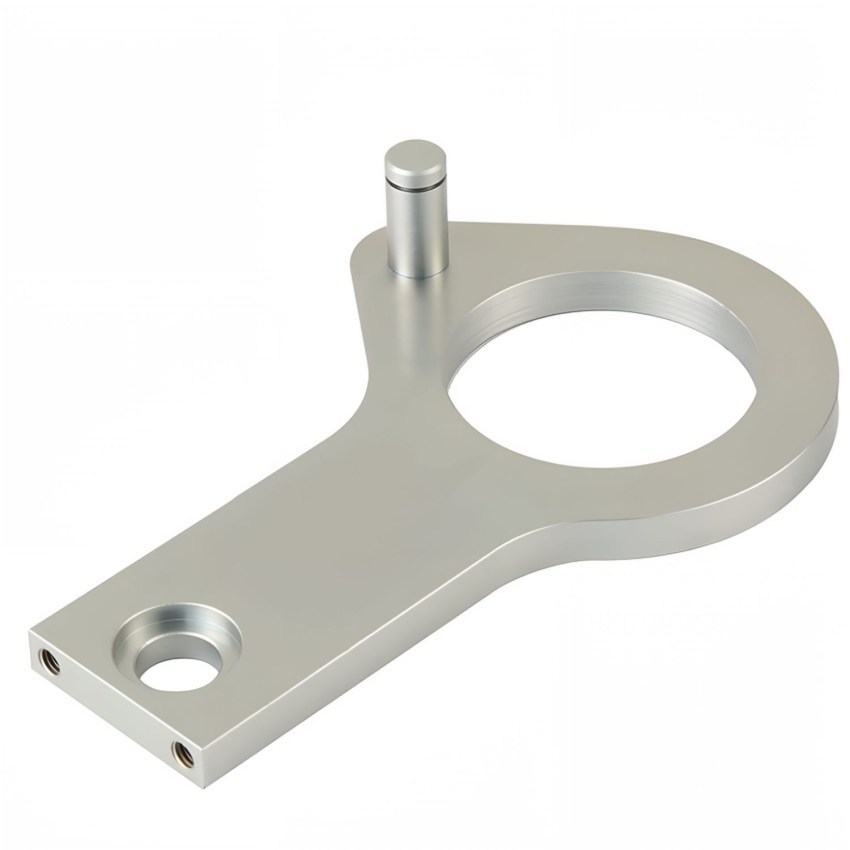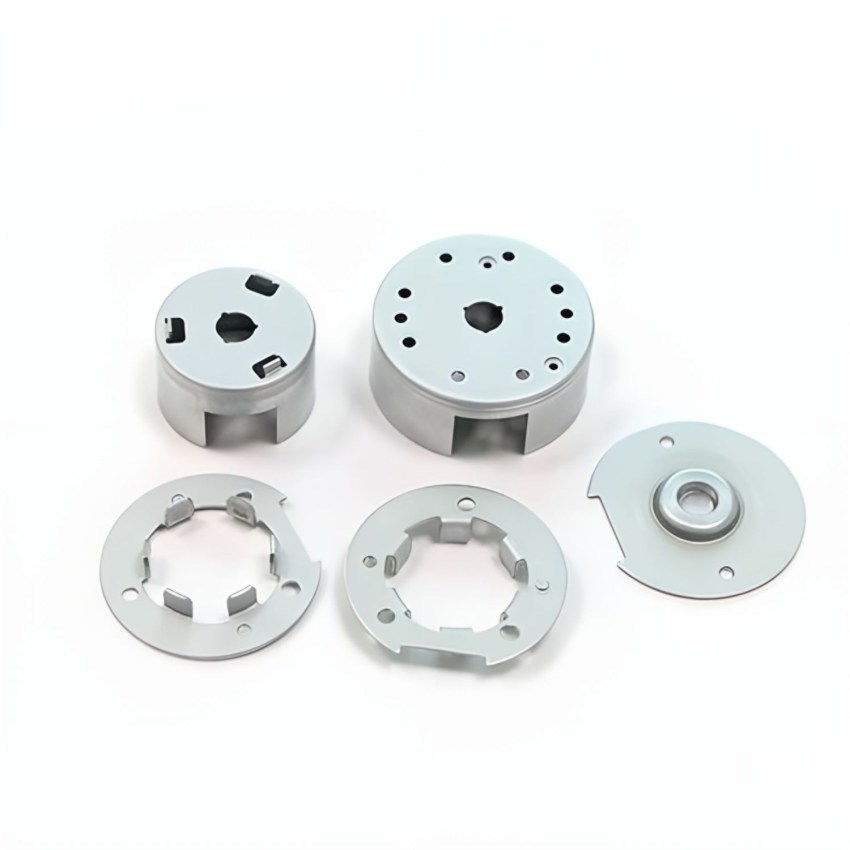The Essential Guide to CNC Metal Working: Revolutionizing the Manufacturing Industry
Release time:
2025-04-15
CNC metal working, or Computer Numerical Control metal working, has revolutionized the manufacturing industry by integrating advanced technology into the metal fabrication process. This sophisticated method utilizes computer programming to control machine tools, enabling precise cutting, drilling, milling, and shaping of metal materials. The result is a level of accuracy and consistency that tradi

CNC metal working, or Computer Numerical Control metal working, has revolutionized the manufacturing industry by integrating advanced technology into the metal fabrication process. This sophisticated method utilizes computer programming to control machine tools, enabling precise cutting, drilling, milling, and shaping of metal materials. The result is a level of accuracy and consistency that traditional manual methods cannot match.
One of the primary benefits of CNC metal working is its ability to produce complex geometries with ease. Traditional machining often requires multiple setups and manual adjustments, which can introduce variability and errors. In contrast, CNC machines can execute intricate designs and maintain tight tolerances consistently, even when producing large volumes of parts. This capability enhances efficiency and reduces waste, making CNC metal working a preferred choice for manufacturers aiming to optimize their operations.
Additionally, CNC metal working promotes versatility in material processing. Whether working with steel, aluminum, brass, or exotic alloys, CNC technology can adapt to different materials and thicknesses, offering manufacturers greater flexibility in their product offerings. This adaptability extends to various industries, including aerospace, automotive, and medical device manufacturing, where precision and reliability are paramount.
Moreover, the automation aspect of CNC metal working significantly reduces labor costs and production times. By minimizing manual intervention, manufacturers can streamline their workflows and allocate human resources to more strategic tasks, such as design and quality assurance. This shift not only improves productivity but also enhances workplace safety, as operators are less exposed to potentially hazardous conditions associated with manual machining.
Another significant advantage of CNC metal working is its capacity for rapid prototyping. The ability to quickly produce prototypes allows manufacturers to test and iterate designs before full-scale production, thus accelerating time-to-market for new products. This agility is crucial in today’s fast-paced manufacturing environment, where innovation often dictates competitive success.
As technology continues to advance, the future of CNC metal working looks promising. Emerging trends, such as the integration of artificial intelligence and Internet of Things (IoT) technologies, are set to further enhance the efficiency and capabilities of CNC machines. These innovations will enable smarter manufacturing processes, predictive maintenance, and real-time monitoring, ensuring that CNC metal working remains at the forefront of the manufacturing landscape.
In conclusion, CNC metal working represents a significant leap forward in the production of metal components. Its precision, efficiency, and adaptability make it an indispensable tool for modern manufacturers. By embracing this technology, businesses can not only improve their operational capabilities but also position themselves as leaders in an increasingly competitive market. As the industry evolves, staying informed about advancements in CNC metal working will be essential for maintaining a competitive edge.
One of the primary benefits of CNC metal working is its ability to produce complex geometries with ease. Traditional machining often requires multiple setups and manual adjustments, which can introduce variability and errors. In contrast, CNC machines can execute intricate designs and maintain tight tolerances consistently, even when producing large volumes of parts. This capability enhances efficiency and reduces waste, making CNC metal working a preferred choice for manufacturers aiming to optimize their operations.
Additionally, CNC metal working promotes versatility in material processing. Whether working with steel, aluminum, brass, or exotic alloys, CNC technology can adapt to different materials and thicknesses, offering manufacturers greater flexibility in their product offerings. This adaptability extends to various industries, including aerospace, automotive, and medical device manufacturing, where precision and reliability are paramount.
Moreover, the automation aspect of CNC metal working significantly reduces labor costs and production times. By minimizing manual intervention, manufacturers can streamline their workflows and allocate human resources to more strategic tasks, such as design and quality assurance. This shift not only improves productivity but also enhances workplace safety, as operators are less exposed to potentially hazardous conditions associated with manual machining.
Another significant advantage of CNC metal working is its capacity for rapid prototyping. The ability to quickly produce prototypes allows manufacturers to test and iterate designs before full-scale production, thus accelerating time-to-market for new products. This agility is crucial in today’s fast-paced manufacturing environment, where innovation often dictates competitive success.
As technology continues to advance, the future of CNC metal working looks promising. Emerging trends, such as the integration of artificial intelligence and Internet of Things (IoT) technologies, are set to further enhance the efficiency and capabilities of CNC machines. These innovations will enable smarter manufacturing processes, predictive maintenance, and real-time monitoring, ensuring that CNC metal working remains at the forefront of the manufacturing landscape.
In conclusion, CNC metal working represents a significant leap forward in the production of metal components. Its precision, efficiency, and adaptability make it an indispensable tool for modern manufacturers. By embracing this technology, businesses can not only improve their operational capabilities but also position themselves as leaders in an increasingly competitive market. As the industry evolves, staying informed about advancements in CNC metal working will be essential for maintaining a competitive edge.
Key words:




